Introduction
Known among its advocates as the Cavemans Diet or the Stone Age Diet, the Paleo Diet is more than just an ordinary eating regimen. It is in essence a lifestyle that mimics the eating habits of our ancient ancestors who lived during the Paleolithic era or the stone-age era. The dietary regimen includes limiting your food intake to the type of food groups our prehistoric ancestors ate using similar but contemporary foodstuff. It is the latest and hottest trending topic to hit the health and fitness scene of late.
Dismissed as a passing fancy and a fad by some so-called nutritional experts, the Paleo Diet has nevertheless continued to rise in popularity gaining a growing number of advocates who have found wisdom in going back to the basics of primal living.
Whether it will just be a temporary trending diet fad that may die down soon enough or it will become a mainstream dietary plan, only time will tell. In the meantime, the ever increasing number of Paleo advocates whod swear to its efficacy in gaining great health and perfect physique is reason enough for us to give the concept more than just a cursory look.
This 3-part eBook will give you an insight to the wonderful world of the Paleo Lifestyle and guide you on how you can adapt to this primal style of eating and living to your own. It will debunk all the myths and lies being circulated around to discredit its incomparable nutritional value. It will teach you how to get healthy with a primal diet rich in protein and animal fat but low in carbohydrates the way our primal ancestors did.
For those who are new to the Paleo concept, this eBook will outline the logic and the compelling reasons why we should return to primal eating. Whatever it is you are searching for - an effective way to lose weight, practical approaches to physical conditioning, or a cure to some illnesses, this book has a wealth of useful information to help you achieve your objectives.
Part 1 Understanding the Paleo Diet
Chapter 1: What is the Paleo Diet?
The Paleo Diet is basically a dietary concept built on the belief that by eating in the like manner our stone-age ancestors did, and limiting our food intake to the kind of food available to them then, we will become leaner, meaner, and healthier. It is more than just a bunch of well concocted recipes. It is a whole lifestyle which also involves eating similar food in the most natural state possible.
The Paleolithic Era and the Human Genome
 The Paleolithic era is what is commonly referred to as the stone-age era. It marked that period in the prehistoric human history where man started learning how to craft various tools out of stone. The word Paleolithic is derived from two Greek words which mean Old age of the stone or Stone Age for short. It was also the era when men discovered how to make fire and started cooking the food they ate. It was an era that began about 2.6 million years BP (Before Present) and ended just 10,000 years ago period when agriculture and animal husbandry became known to man.
The Paleolithic era is what is commonly referred to as the stone-age era. It marked that period in the prehistoric human history where man started learning how to craft various tools out of stone. The word Paleolithic is derived from two Greek words which mean Old age of the stone or Stone Age for short. It was also the era when men discovered how to make fire and started cooking the food they ate. It was an era that began about 2.6 million years BP (Before Present) and ended just 10,000 years ago period when agriculture and animal husbandry became known to man.
It is largely believed that people during the stone-age era were basically hunter-gatherers who survived by banding together in small groups to hunt wild animals and gather edible wild plants for subsistence. These prehistoric men survived on minimally processed natural food for millions of years and the human body was thought to have adapted to it perfectly. The human genome is believed to have evolved already programmed to getting its nutrients from natural sources after consuming the same minimally processed food for millions of years.
The advent of agriculture and animal husbandry just 10,000 years ago has brought profound changes to the way people ate and the kind of food they had. As mans knowledge grew, they also learned different ways to produce and process food more efficiently. Food started to be processed in ever increasing scale quickly replacing natural food sources with which man has been used to for millions of years. The industrial revolution that ensued in the same era further hastened mans preferential shift to processed food as they became readily available and easier to acquire. Mass production of processed food became widespread and their consumption was widespread and unprecedented. The peoples choices of food have by now dramatically changed. They started to prefer processed foodstuff over everything natural and the slightly processed food stuff which the human body was used to eating for millions of years became a thing of the past.
It took some time before a group of nutrition and health experts started to recognize that the many profound changes which happened in and around our environment and ended the stone-age era have also created discordance between our naturally evolved ancient human genome and the contemporary processed food of modern times. They believe that the human body has been forced to adapt to the changes abruptly and unnecessarily - thus it has become naturally strained.
They believed that this discordance may have caused many of the illnesses of modern times as the body have not fully adapted to contemporary food stuff. 10,000 years, to them was not enough for the human body to adapt readily to processed food and supplements which dominates the modern urban diet. In the first place, it took 2.6 million years for the human genome to evolve towards the Paleolithic diet and was practically programmed to it.
So, what did the Paleolithic people really eat?
 What our prehistoric ancestors actually ate is something modern man wont really be able to specifically determine. None of us lived during those times and therefore, it would be hard to pinpoint exactly what they actually ate then. We cannot possibly go back in time, can we?
What our prehistoric ancestors actually ate is something modern man wont really be able to specifically determine. None of us lived during those times and therefore, it would be hard to pinpoint exactly what they actually ate then. We cannot possibly go back in time, can we?
At the very least, we can merely make an educated but well-founded guess based on whatever information we have uncovered from the past. Based on numerous research studies, the type of food prehistoric people ate were largely limited to whatever was available in their geographic locations during any given time. What they are can be deduced through meticulous scientific studies and advanced laboratory analysis of the prehistoric bones and dentures of Paleolithic people. Results from such studies served as basis for our assumptions of what constitutes the primal diet.
We can also make plausible assumptions on what constitutes the primal diet through sheer logical reasoning. By studying the type of food we have today which couldn't possibly have existed during the Paleolithic era, we should more or less be able to determine what type of food prehistoric people never ever consumed through the process of elimination. By striking out contemporary foodstuff which could not have possibly existed during the stone-age era from our food list, we should be able to come out with an idea on what our ancestors ate.
For example,
- They had no dairy products then as animals were not yet domesticated. It would be utterly impossible and even too risky to milk wild cows (if they already existed) or other lactating wild animals.
- Agriculture wasnt existent then and therefore Paleolithic people hardly had cereal grains. Whatever grains they may have had may have been gathered from plants that grew wild in the fields which should be in largely limited quantities.
- They never salted their food since they didnt have salt too at that time. There is no documentary evidence existing today that shows stone-age people mined salt during their era. The only possible thing they could have done then was to dip their food in salt water.
Next page
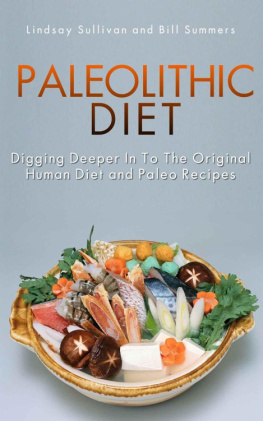

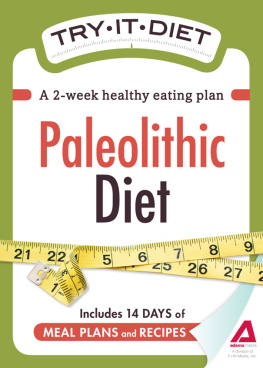
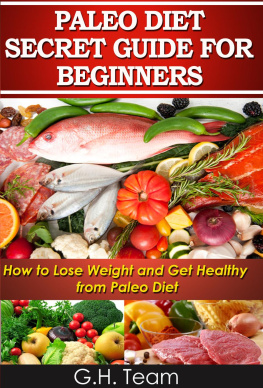
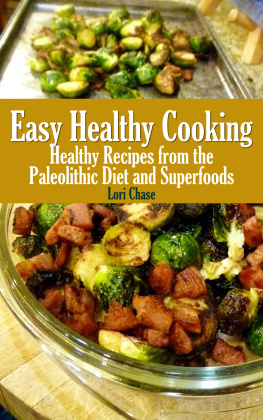

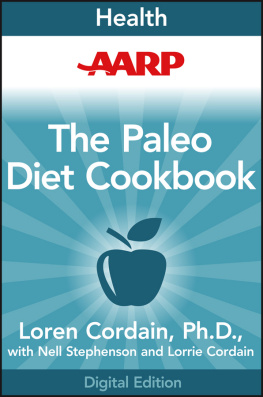
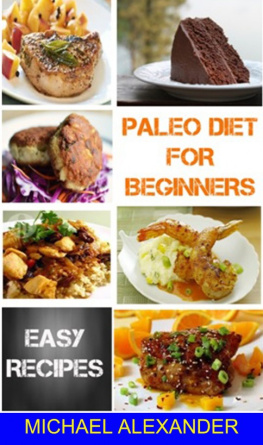
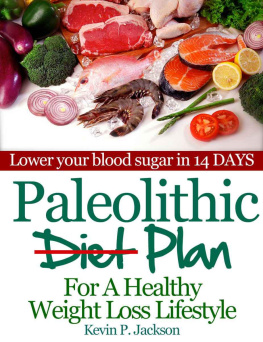
 The Paleolithic era is what is commonly referred to as the stone-age era. It marked that period in the prehistoric human history where man started learning how to craft various tools out of stone. The word Paleolithic is derived from two Greek words which mean Old age of the stone or Stone Age for short. It was also the era when men discovered how to make fire and started cooking the food they ate. It was an era that began about 2.6 million years BP (Before Present) and ended just 10,000 years ago period when agriculture and animal husbandry became known to man.
The Paleolithic era is what is commonly referred to as the stone-age era. It marked that period in the prehistoric human history where man started learning how to craft various tools out of stone. The word Paleolithic is derived from two Greek words which mean Old age of the stone or Stone Age for short. It was also the era when men discovered how to make fire and started cooking the food they ate. It was an era that began about 2.6 million years BP (Before Present) and ended just 10,000 years ago period when agriculture and animal husbandry became known to man. What our prehistoric ancestors actually ate is something modern man wont really be able to specifically determine. None of us lived during those times and therefore, it would be hard to pinpoint exactly what they actually ate then. We cannot possibly go back in time, can we?
What our prehistoric ancestors actually ate is something modern man wont really be able to specifically determine. None of us lived during those times and therefore, it would be hard to pinpoint exactly what they actually ate then. We cannot possibly go back in time, can we?